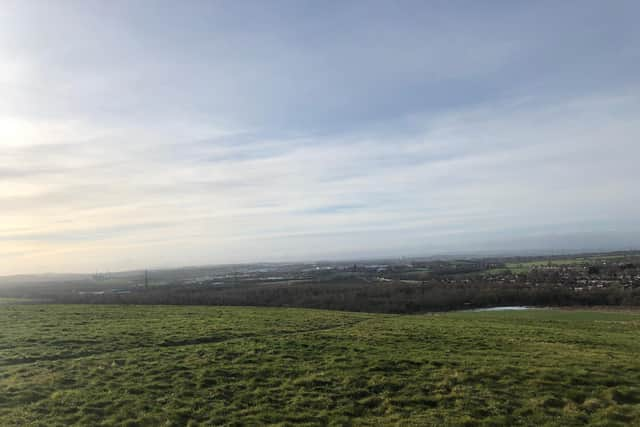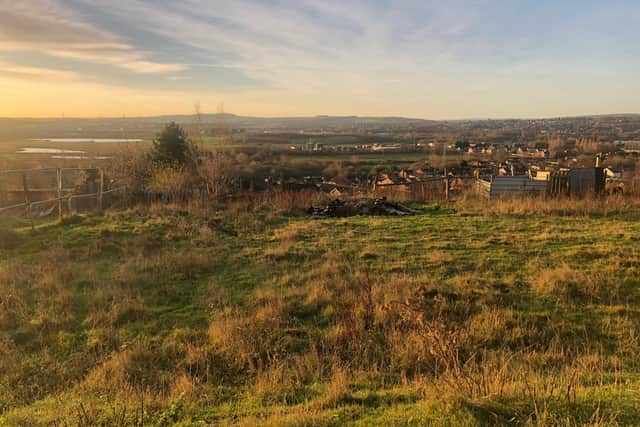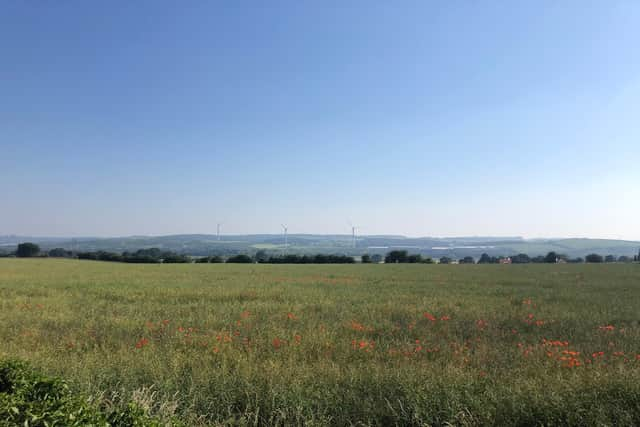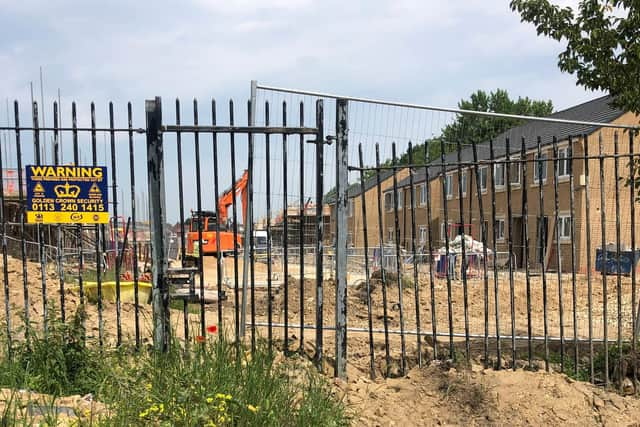Barnsley’s local plan two years on – what will the borough look like in the decade to come?
and live on Freeview channel 276
At its peak in 1929, the South Yorkshire Coalfield – stretching from from Halifax to Sheffield, accounted for 13 per cent of Britain’s coal output.
By 1985 Barnsley’s coalfield was in decline, and by 1992 its last pit in Grimethorpe has closed its doors for good.
Advertisement
Hide AdAdvertisement
Hide AdThe legacy of the pit closures has been widely documented – employment shortfalls, ill health, widespread deprivation – but is this the future for Barnsley?


The council says no – it has a plan to make sure better jobs, more houses and a brighter future ahead.
Barnsley’s local plan was adopted two years ago this week, which sets out Sir Steve Houghton’s Labour council’s vision for a Barnsley of the future.
The 335 page document allocates land for 28,840 jobs, 21,546 new homes, and plans for a “vibrant and attractive town centre”, which sounds like just what Barnsley, which is reeling from the effects of almost 11 years of austerity, needs.
Advertisement
Hide AdAdvertisement
Hide AdBut this sparkling vision of a better town isn’t all that it seems to some residents, who feel the plan is being used to override their protests to housing developments, and most recently, a controversial Hermes parcel hub at Hoyland.


Large masterplans, intent on transforming acres of land mostly around the M1 corridor are currently being decided, and residents who object to the plans find that the land in question has already been allocated in the local plan for housing or employment.
Many say they are surprised when the excavators roll in on their doorstep, and upon looking into why, are shocked to find that the land outside their homes was earmarked for development in 2019.
Campaign group Keep It Green was set up in 2014, to object to the Barnsley West Masterplan, and campaigned against the new gyratory through Penny Pie Park, which is under construction.
Advertisement
Hide AdAdvertisement
Hide AdA spokesman for the group told the Local Democracy Reporting Service that the council has “not listened” to fears or concerns of the public when it comes to major developments, which will have “huge impacts on peoples everyday lives.”


The spokesman added: “In fact, such was the poor quality of the consultation many people in Hoyland were unaware that the council had given permission for one of the largest warehouse developments in Europe alongside residential estates.
“The character and outlook of Hoyland and other areas will be completely devastated by this and other developments around the borough.
“The council have not listened to ours, or indeed anyone else’s representations that this level of development on greenbelt land is unacceptable.
Advertisement
Hide AdAdvertisement
Hide Ad“Even now they are still not concerned with the concerns of the public. As a consequence of this the Council has given up any claim to properly represent the views of the people of Barnsley.”


The council said seven rounds of consultation were held between 2014 and when the local plan was adopted in 2019, and that without it in place, they would have little say over developers plans.
Joe Jenkinson, head of planning at Barnsley Council, said: “We knew the plan was going to be controversial, because we couldn’t avoid going into the greenbelt, so we made sure that we publicised the plan in a way that went beyond the minimum requirements that the government impose.
“People who are affected by big sites in the local plan are always going to be upset with the local authority and planning department, but there will always be residents who are happy that we’ve taken enforcement action, which we might not have had the resources to do.”
Advertisement
Hide AdAdvertisement
Hide AdMr Jenkinson added that residents may not have engaged with the local plan consultation for various reasons, and residents especially in Hoyland where the “colossus” Hermes hub is currently being built, only realised the plan was in place after it was adopted.
Councillor Peter Fielding was elected to Barnsley Council after heading a campaign against the new gyratory through Penny Pie Park.
The gyratory was strongly opposed by the public but passed by council, in anticipation of the extra traffic generated by the 140 future homes, new school and shops to be built on former greenbelt land between Pogmoor, Barugh Green, Higham and Gawber – known as the MU1 development.
Coun Fielding said the local plan makes it hard for residents’ objections to be taken on board, and that the council did not publicise a plan which would impact so many people across the borough.
Advertisement
Hide AdAdvertisement
Hide Ad“The general public, I think, did not get engaged with the local plan,” he said.
“When the subsequent planning applications come forward, they’re surprised to see that certain areas have been designated for big housing developments or employment.
“That’s the nature of the problem that people find frustrating.”
Coun Fielding has criticised the public consultation that was held for the MU1 development.
Advertisement
Hide AdAdvertisement
Hide Ad“I felt it was a very poor consultation in the sense that it didn’t really serve the community in terms of what they wanted to say, because they’re working with a big set of questions. A lot of people felt that all the questions were doing was trying to get to reinforcement for the council’s policy,” he added.
Coun Fielding added that once the masterplan is approved, it becomes “very difficult” to make any changes, unless a complete review of the local plan is undertaken.
He adds that “strong policies” within the local plan allows the council to negotiate with developers. For example, the council can ask a developer reduce the number of homes on an overcrowded plot, or reposition a dangerous access point.
Advertisement
Hide AdAdvertisement
Hide Ad“We would still urge people to have their say and articulate their concerns on any of the sites,” he added.
Housing needs are also an important catalyst behind local plans and Mr Jenkinson said a minimum of 900-1000 new homes are needed to meet demand in Barnsley every year – even without the introduction of new jobs.
In Barnsley, 2,847 new homes were built between 2016 and 2019 - 9.5 per cent above their target of 2,600 homes.
So, what will Barnsley look like in a decade’s time?
“One of the reasons for us wanting to create 28,000 plus jobs in Barnsley by 2033 was to try and claw back some of the people that were leaving the borough for work. Because of this trend towards home working, it perhaps might mean that where you live in relation to where you work,” said Mr Jenkinson.
Advertisement
Hide AdAdvertisement
Hide Ad“The catchprase at the time was ‘working together for a brighter future, a better Barnsley’, and in terms of specific objectives, the plan is around the creation of new jobs and protection of existing jobs, improving conditions in which people live, work, travel and take leisure, widening the choice of homes, improving the design, development, and and protecting and enhancing our natural assets to achieve net gains and biodiversity.”
In these confusing and worrying times, local journalism is more vital than ever. Thanks to everyone who helps us ask the questions that matter by taking out a digital subscription or buying a paper. We stand together. Nancy Fielder, editor.